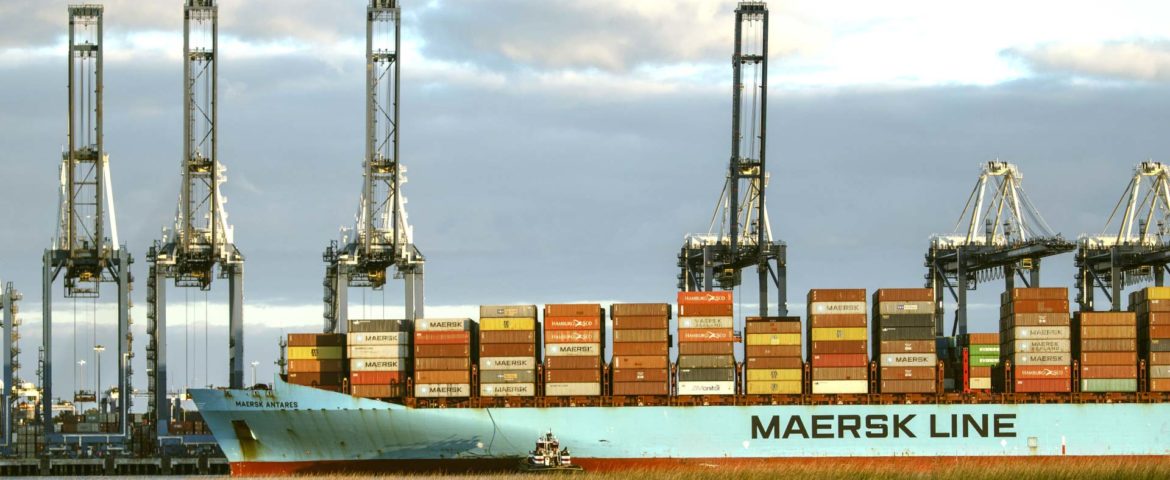Double stacking containers is one of the most important strategies to increase the efficiency of the rail portion of an intermodal freight route.
Intermodal containers are much lighter than the capacity of a railroad car, in an effort to maximize the weight carrying ability of train cars, and carry more containers on a given train length, the concept of stacking two containers on top of each other was pioneered by a western rail carrier in the late 1970s. Then in the mid 1980s full double stack trains starting operating, primarily on long haul routes out of western ports.
Prior, carrying a meaningful amount of trailer on train freight or the increasingly popular container on flat car traffic required vast long trains that in comparison with loaded carload trains, had significantly less weight.
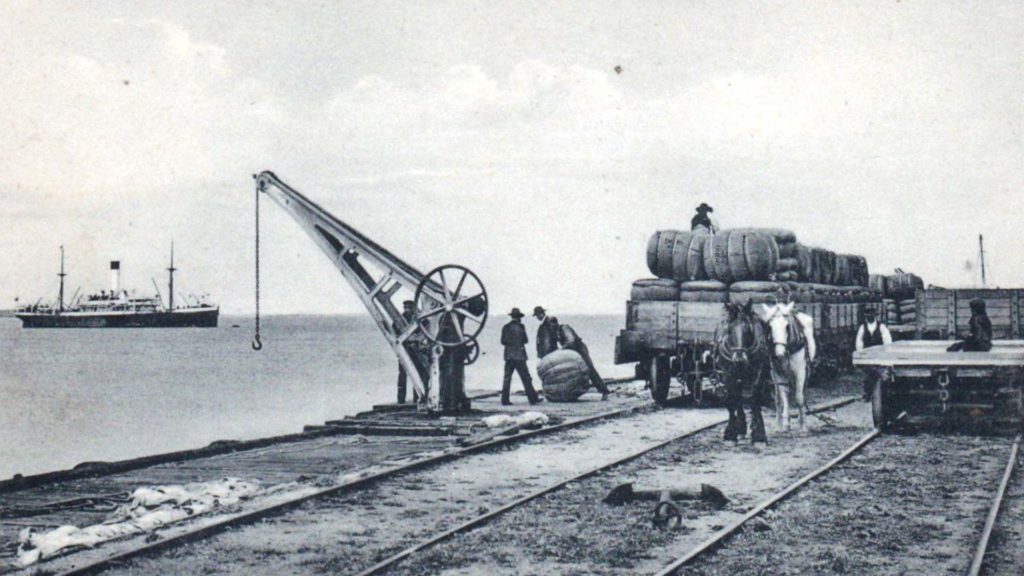
Over the years North American railroads have invested billions in the infrastructure needed to handle this type of freight and move it in large volumes efficiently. These investments range from increasing track clearances to building intermodal terminals to buying containers and other assets needed. Going forward, railroads will continue to invest in their intermodal operations, as it will be a key aspect of railroad revenue growth over the coming decades. Some major acquisitions are at least partially driven by intermodal freight opportunities, including the purchase of the Central Maine and Quebec by the Canadian Pacific to give CP access to the port of St. John.
Another example of a major infrastructure project is CSX’s investment in the Howard Street tunnel in Baltimore which will allow double-stack trains to operate out of the port.
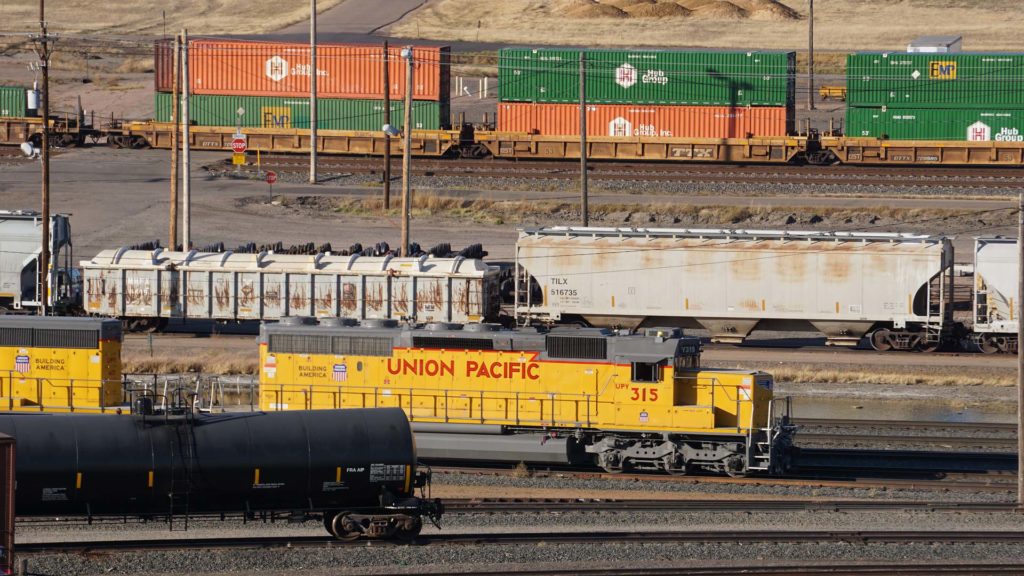
Overtime, the system has been refined to use specialized “well cars” in place of flatcars, these are designed to let the containers sit as low to the rail as possible, which allows enough clearance for two containers stacked on top of one another, as well as facilitates stability due to a lower center of gravity. Otherwise, two containers stacked on top of one another would not fit through bridges and tunnels due to the extreme height.
Even today, many secondary rail routes do not have the vertical clearances necessary to allow double stack trains. Vertical allowances for double stack trains range from 18-20ft.
Well cars are designed to accommodate specific sizes of containers ranging from 20ft and 40 ft ocean marine containers to 53 ft domestic containers.
Due to the electrification of much of Europe’s rail routes, double stacking is uncommon, as the electric power lines do not permit enough vertical clearance. European rail lines typically have a smaller loading in general than the North American or Australian systems.
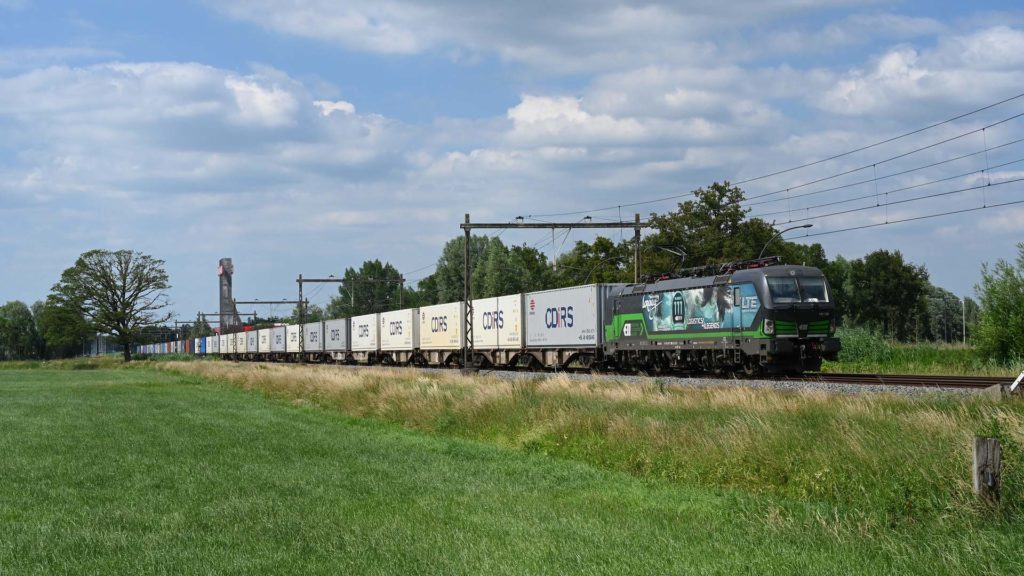
Many well cars are owned by leasing companies in the US. In total there are thousands of Well cars operating on US railroads.
What does double stacking mean for Supply chains?
Double stacking is one of the main reasons that intermodal is a valid alternative to long haul trucking, both helping to provide the necessary capacity and the reduced freight costs vs over the road trucking. Double stacking is an important component to how railroads manage intermodal traffic capacity and plan the number of well cars required for bookings.
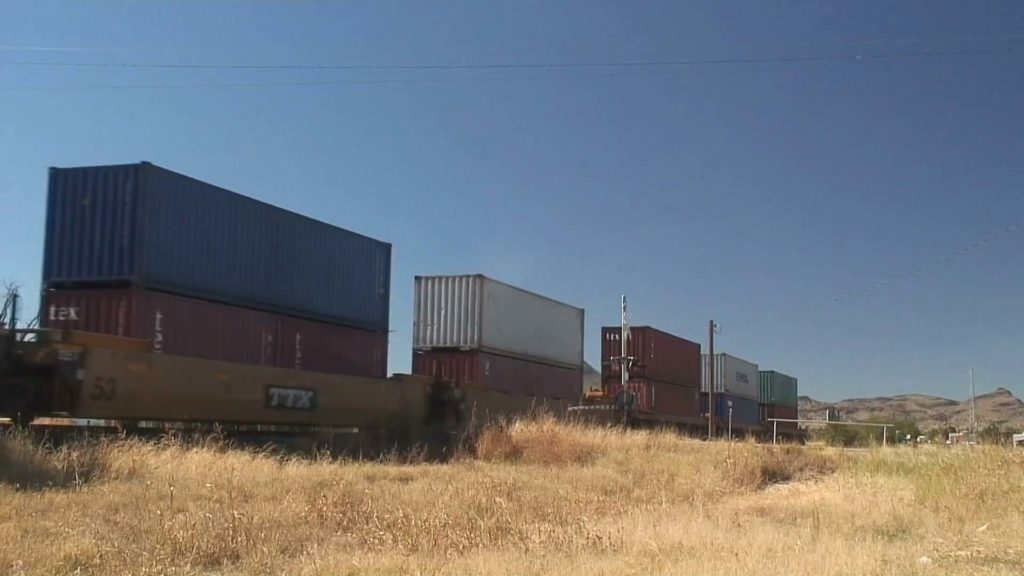
For international shipments, your freight will be moving in containers owned by ocean shipping companies like MSC, One network, and others to an inland location where trucks can move the container to a final destination or the freight can be transloaded to LTL or FTL domestic truckload.
For long haul domestic freight, intermodal capacity is almost always secured in 53 ft containers which are owned by jointly owned chassis and container pools that railroads have created to provide needed capacity or by private trucking partners.
For shippers that operate long haul over the road lanes, intermodal shipping is often a great way to reduce shipping costs as well expand capacity. Typically intermodal shipping is 10-25% less costly than OTR trucking and often there is capacity available when trucking capacity is hard to find.
As more companies focus on sustainability within their supply chains, intermodal is an effective way to create a more green supply chain, with intermodal freight being vastly more energy efficient than over the road trucking due to the rail portion of the route.
Many larger shippers and retailers use intermodal on a significant number of lanes in a strategic manner to compliment trucking.
Want to explore trialing intermodal on long haul lanes within your supply chain? CONTACT US
Looking forward, more multimodal infrastructure projects will be funded and completed resulting in more volume across more lanes of both domestic and international intermodal freight. The application of more energy efficient drayage trucks, such as electric trucks will be a more commonplace site in the next several years as many transportation companies and vehicle manufactures see drayage as a great place to trial electric trucks.
Expect freight rates, including intermodal rates to remain high at least through early 2022, with massive sustained consumer demand and prolonged inventory shortages.
Supply chains can use intermodal as a means to increase resiliency as trucking capacity remains scarce and expensive on many lanes, particularly out of the west coast.
Want a free lane and cost savings analysis? – Get in Touch!
Zmodal is a top intermodal shipping company providing door-to-door intermodal, and full truckload services nationwide throughout our digital supply chain dashboard which provides easy route searching, booking, document management, and analytics. CONTACT US if you want to lower your supply chain costs or want access to North American intermodal capacity.
